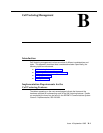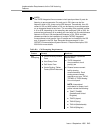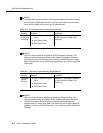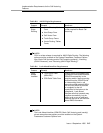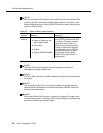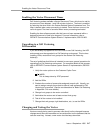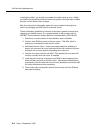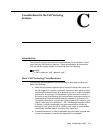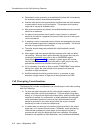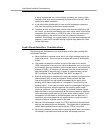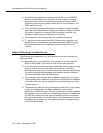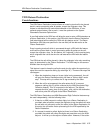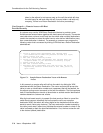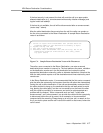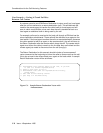
Issue 4 September 1995 C-1
C
Considerations for the Call Vectoring
Features
Introduction
This appendix contains several lists of considerations you should bear in mind
when using the Call Vectoring features. These considerations are intended to
help you get the highest degree of productivity from Call Vectoring.
NOTE:
If EAS is optioned, ‘‘skill’’ replaces ‘‘split.’’
Basic Call Vectoring Considerations
The following are considerations you should keep in mind when working with
Basic Call Vectoring:
■ Make the split queues large enough so that all incoming calls queue and
are not dropped. If a queue is too small, a
queue-to main split
or a
check-
backup split
command might fail to queue a call due to a lack of available
queue slots. Accordingly, it is also always a good practice to include in
the vector a step that checks a split’s queue before queuing occurs and a
corresponding step that provides alternate treatment if the queue is full.
To check the queue size, you can use a
goto
command (for example,
goto
Step 5 if calls-queued in split 20 pri l > 30
). The alternate treatment, which,
if needed, is usually accessed by the
goto
command that checks the
queue size, can queue the call to a backup split, make an unconditional
Look-Ahead Interflow attempt, provide a busy signal, etc.
■ A default treatment or a
route-to
destination step should be supplied after
a
route-to
command in case the first destination is unavailable.



